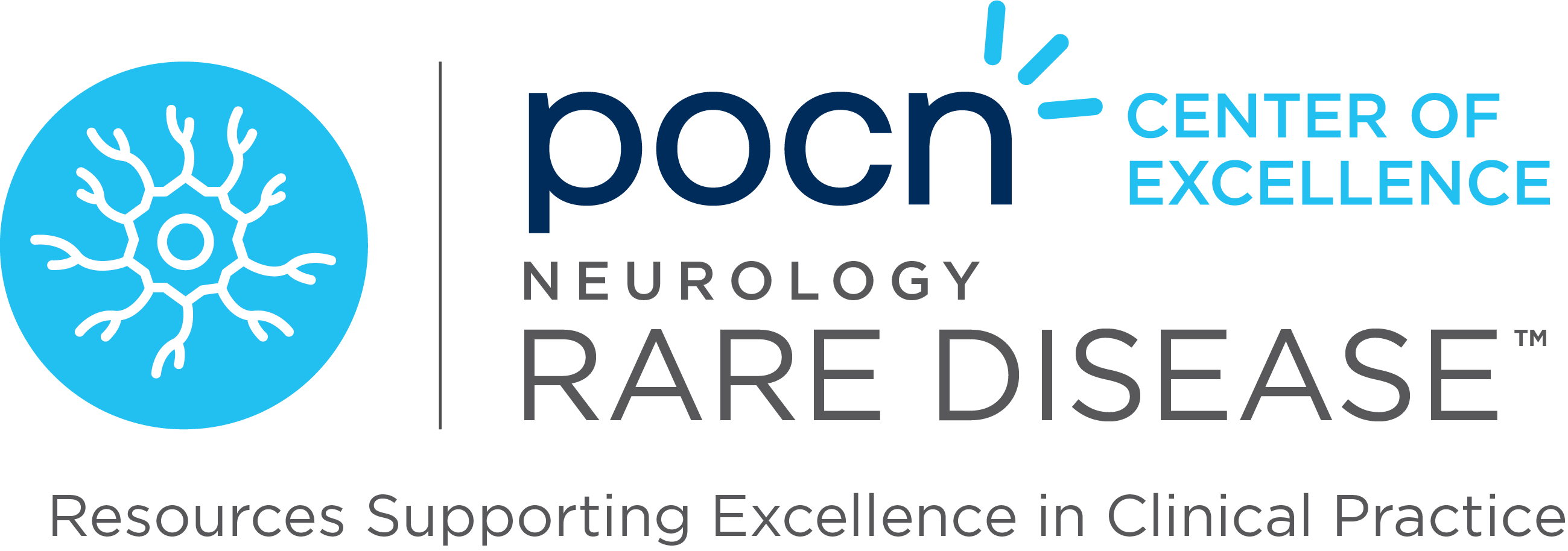Myasthenia gravis (MG) is a multifaceted disorder affecting neuromuscular transmission, with both immunological and genetic factors implicated. With a diverse range of treatment options available, there’s optimism for enhanced disease management and broader implications beyond MG. The prevalence of MG in the US ranges from 14 to 20 cases per 100,000, potentially higher due to underdiagnosis. While initially more prevalent in women and typically emerging in the second to third decades of life, recent data indicate a rising occurrence in men, particularly after age 50. Understanding the underlying pathophysiology, including the role of acetylcholine receptors and the thymus, is crucial for effective management and therapeutic advancements. Ongoing research explores diverse treatment modalities, including cholinesterase inhibitors, corticosteroids, and immunosuppressants, alongside novel approaches such as monoclonal antibodies and immunomodulation, promising improved outcomes in MG management.
Reference: Howard J. Clinical Overview of MG. Myasthenia Gravis Foundation of America. Accesses April 25, 2024. https://myasthenia.org/Professionals/Clinical-Overview-of-MG



